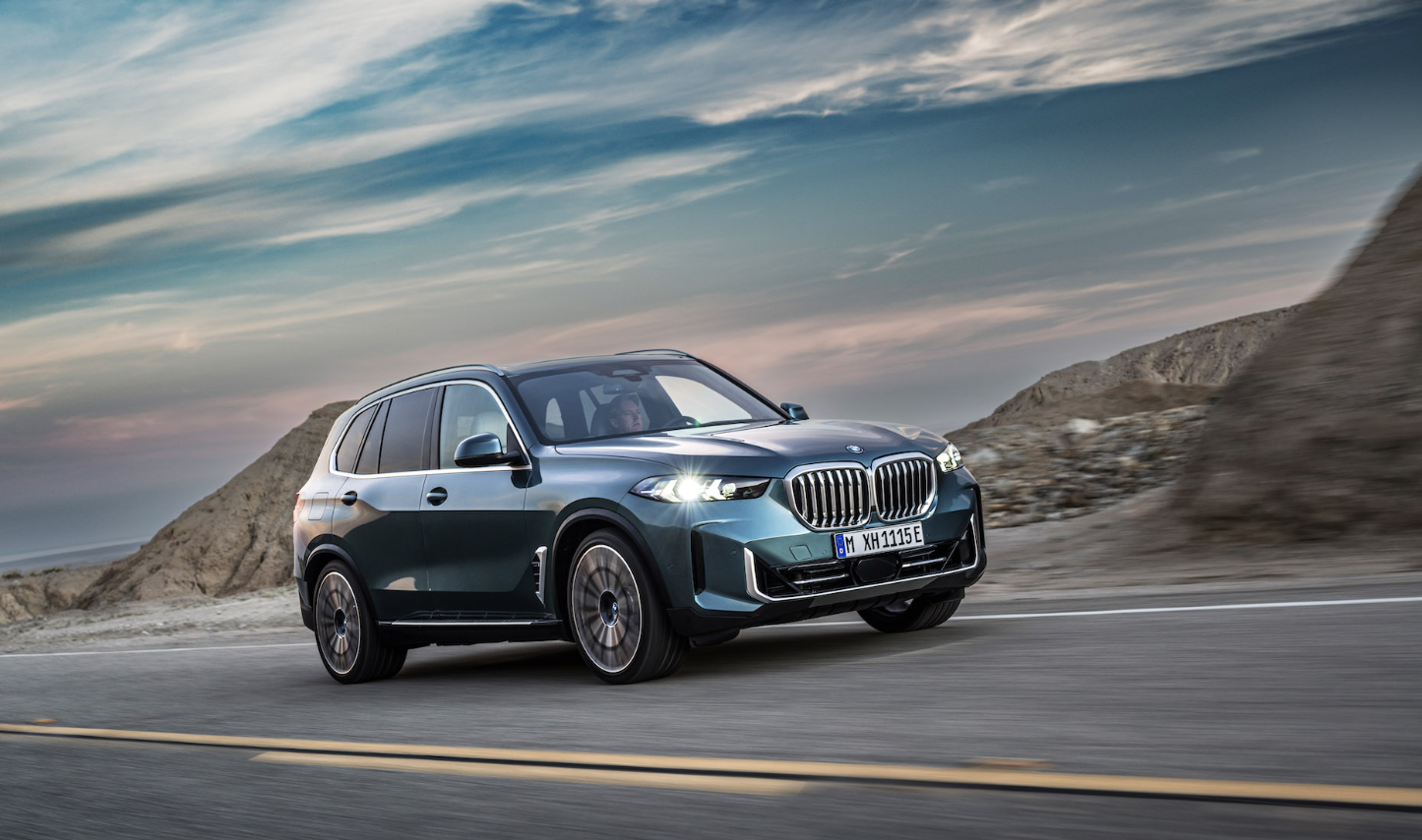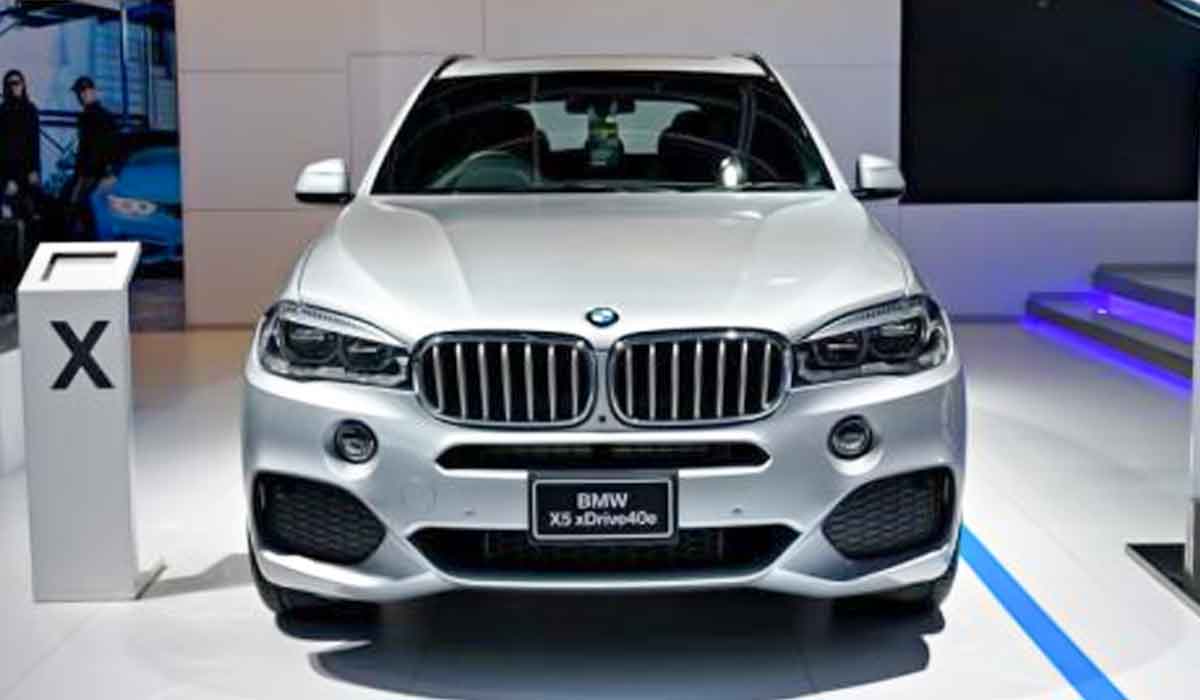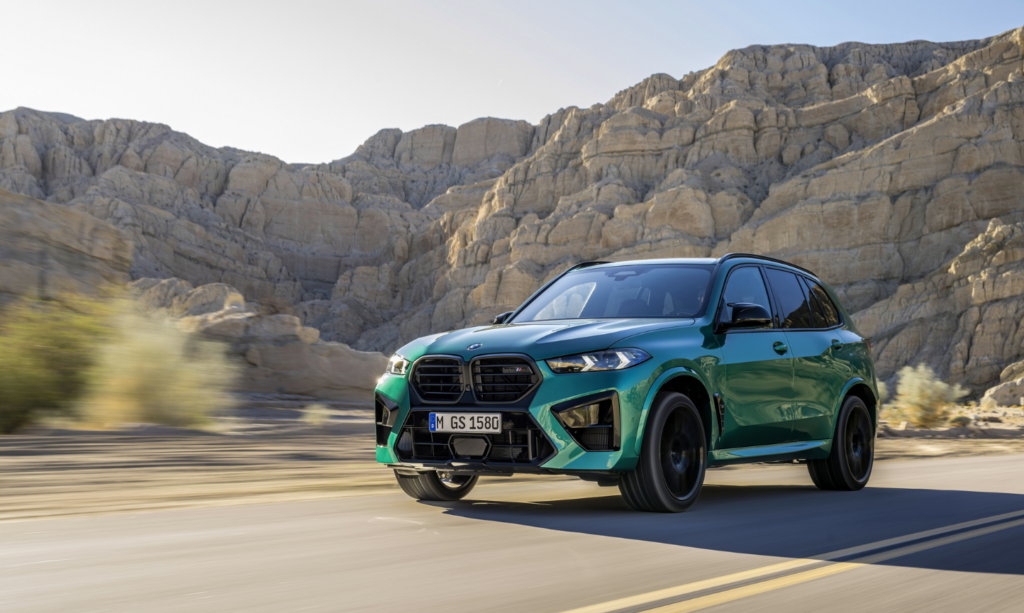
The 2025 BMW X5 Tax Credit: A Guide to Potential Savings
The automotive landscape is undergoing a rapid transformation, driven by the rise of electric vehicles (EVs) and government incentives aimed at promoting their adoption. As we approach 2025, the question on many minds is: will the BMW X5, a popular SUV known for its performance and luxury, be eligible for tax credits? This article will delve into the intricacies of the current and potential future tax credit landscape, focusing on the 2025 BMW X5.
Understanding the Current Tax Credit Landscape
Currently, the Inflation Reduction Act (IRA) of 2022 is the primary driver of EV tax credits in the United States. This act introduced significant changes to the previous system, establishing new eligibility criteria and placing emphasis on domestic manufacturing and sourcing of battery components.
Key Points to Consider:
- The IRA’s Impact: The IRA significantly altered the EV tax credit landscape, moving away from a straightforward credit structure to a more complex system based on vehicle price, battery sourcing, and manufacturing location.
- The $7,500 Credit: The maximum tax credit available under the IRA is $7,500. However, it’s crucial to note that not all EVs qualify for the full amount.
- Price Caps: The IRA introduces price caps for vehicles to be eligible for the full credit. For SUVs, the price cap is $80,000.
- Battery Sourcing and Manufacturing: The IRA prioritizes vehicles with batteries sourced and manufactured in North America. Credits are reduced based on the percentage of battery components sourced from outside North America.
The 2025 BMW X5 and the IRA
The 2025 BMW X5’s eligibility for the IRA tax credit hinges on several factors:
- Electric Powertrain: The 2025 BMW X5 will likely offer a fully electric powertrain variant. This is a crucial prerequisite for qualifying for the IRA tax credit.
- Price: The starting price of the 2025 BMW X5 will be a key determinant. If the price exceeds $80,000, the full credit may not be available.
- Battery Sourcing and Manufacturing: BMW’s commitment to sourcing and manufacturing batteries in North America will play a pivotal role. The more components sourced from North America, the higher the potential tax credit.
Potential Scenarios for the 2025 BMW X5:
Scenario 1: Full Tax Credit Eligibility:
- The 2025 BMW X5 EV variant is priced below $80,000.
- BMW sources and manufactures a significant portion of the battery components in North America.
- In this scenario, the 2025 BMW X5 would be eligible for the full $7,500 tax credit.
Scenario 2: Partial Tax Credit Eligibility:
- The 2025 BMW X5 EV variant is priced below $80,000.
- BMW sources and manufactures a portion of the battery components in North America, but not all.
- The tax credit would be reduced based on the percentage of battery components sourced from outside North America.
Scenario 3: Ineligibility for the Tax Credit:
- The 2025 BMW X5 EV variant is priced above $80,000.
- The battery sourcing and manufacturing does not meet the IRA’s requirements.
- In this case, the 2025 BMW X5 would not qualify for the tax credit.
Beyond the IRA: Exploring Other Potential Tax Credits
While the IRA is the primary source of EV tax credits, other potential avenues for savings exist:
- State-Level Incentives: Many states offer additional tax credits or rebates for EV purchases. These incentives vary widely and can significantly reduce the overall cost of an EV.
- Utility Rebates: Some utility companies offer rebates for installing home charging stations, further reducing the cost of owning an EV.
- Employer-Sponsored Programs: Some employers offer incentives for employees to purchase EVs, such as discounts or subsidies.
Navigating the Complexities: Tips for Consumers
The EV tax credit landscape is constantly evolving. To ensure you maximize your potential savings, consider the following:
- Stay Informed: Keep abreast of any changes to the IRA or other tax credit programs.
- Consult with a Tax Professional: A tax professional can help you understand the intricacies of the tax credit system and determine your eligibility.
- Research State and Local Incentives: Explore the incentives available in your state and local area.
- Consider the Total Cost of Ownership: Factor in the potential tax credits and other incentives when calculating the overall cost of owning an EV.
The Future of the 2025 BMW X5 and the EV Tax Credit Landscape
The future of the EV tax credit landscape is uncertain. The IRA’s provisions are subject to change, and future legislation could introduce new incentives or modify existing ones.
- Potential for Extension: The IRA’s tax credit provisions are currently set to expire in 2032. However, there is a possibility that Congress could extend or modify these provisions.
- Focus on Battery Sourcing: The emphasis on domestic battery sourcing and manufacturing is likely to continue. This could incentivize automakers to invest in North American battery production facilities.
- Technological Advancements: Continued advancements in battery technology could lead to new tax credit structures that incentivize the development and adoption of even more efficient EVs.
Conclusion:
The 2025 BMW X5’s eligibility for tax credits remains uncertain, as it depends on factors such as pricing, battery sourcing, and manufacturing. The IRA’s complex provisions and potential future changes make it crucial for consumers to stay informed and consult with tax professionals. While the tax credit landscape is evolving, the commitment to promoting EV adoption is evident. As the automotive industry continues to embrace electrification, the 2025 BMW X5 could potentially become a compelling option for environmentally conscious consumers seeking to benefit from tax incentives.







